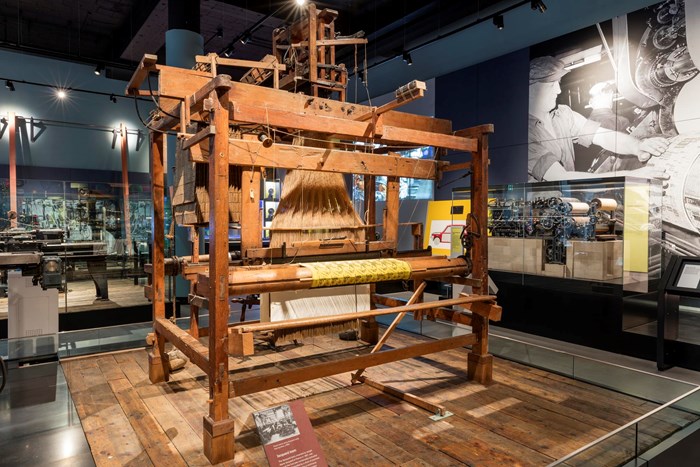Well, we just lost the Net Neutrality laws.
Watching the FCC debates and votes were so difficult. It's so obvious the corruption that has taken place there. It's sad.
Don't think it will affect you?
Do you like Netflix? What if your provided added a surcharge to your already complicated bill for bandwidth to their site?
How about Youtube? Pandora? Amazon Prime video? Hulu? Slingbox? DirectTV?
That's just to start.
How about making any web site that wants to be seen pay a premium to your service provider.
The corrupt FCC chairman compared it to Twitter or Facebook allowing paid advertisers to get better placement.
Except it's NOT the same. I don't have to use Twitter or Facebook. I can choose something else. I DON'T have a choice of my internet provider. No one else is available where I am.
Even for the lucky few that have something of a choice, you maybe have two possibilities.
The FCC said it doesn't need to regulate the internet providers because they are not like a utility, that the "data lines are nothing like a pipe."
ARE YOU KIDDING ME? Did you ask ANY technical professionals? That's exactly what we call it!
They said it won"break the internet." Of course it won't. But it will make it more expensive for you and me.
Isn't that enough?









